In the fight against climate change, waste reduction has the potential to be a game-changer. Waste is a substantial source of greenhouse gas emissions, with methane accounting for 16% of all greenhouse gas emissions worldwide. We cannot afford to disregard the garbage we produce, as the world's population is rapidly reaching 8 billion.
The circular economy and waste reduction are the two main objectives of the Zero Waste to Zero Emissions movement. The idea of the circular economy is to reduce waste by designing items to be recycled or reused, requiring fewer raw resources, and fostering sustainability.
Even while eliminating all waste may seem like an impossibility, it is attainable with the correct tactics in place. Recycling, composting, and other waste reduction techniques can help cut down on the quantity of waste that ends up in landfills. Reducing the quantity of waste that ends up in landfills by segregating it at the source makes it simpler to manage and recycle. Additionally, by keeping organic waste out of landfills where it would otherwise decompose anaerobically and release methane, composting organic waste can aid in lowering greenhouse gas emissions. Recycled resources can be utilized to create new goods, which lowers the demand for virgin materials and reduces the energy required during production. Additionally, recycling can support the circular economy by generating new jobs.
Waste reduction has a big environmental impact. We can fight climate change by preventing garbage from going to landfills and lowering greenhouse gas emissions. Methane, a powerful greenhouse gas that is created by decaying garbage in landfills, is 84 times more potent than CO2 over a 20-year time horizon. As a result, we can cut down on the amount of waste that ends up in landfills and lessen the environmental impact of methane emissions.
To achieve zero waste, people, communities, and governments must work together. It includes putting waste reduction initiatives into action, advocating for environmentally friendly goods and methods, and funding waste management facilities. The practices of waste segregation, composting, recycling, and product redesign can help to attain zero waste. Government rules and regulations, community-based waste management, and trash reduction programs are all successful ways to cut waste and emissions.
Waste Management Hierarchy
The waste management hierarchy is a helpful structure that displays, in order of preference, the most appealing and environmentally responsible waste management techniques. This hierarchy suggests that waste reduction should come first, then waste reuse, recycling, recovery, and disposal. By giving the most eco-friendly tactics top priority, the hierarchy aims to lower the quantity of waste that ends up in landfills.
Reduce:
A vital first step in attaining sustainability is waste reduction. This can be accomplished in a number of ways, including recycling, composting, and using reusable items rather than single-use ones. Recycling is the act of gathering and preparing items like paper, plastic, and glass for reuse in the creation of new goods. Composting is the process of turning organic waste, such as leftover food and yard trimmings, into a nutrient-rich soil amendment that may be applied as plant fertilizer. Waste can be greatly reduced by using reusable items instead of disposable ones, such as water bottles and shopping bags.
Reuse:
Another strategy to cut waste and advance sustainability is to reuse things. Instead of throwing something away after a single usage, think of ways to make it last longer. For instance, you may recycle old clothing into cleaning rags or utilize glass jars as food storage containers. Reusing products help you save resources that would otherwise be utilized to produce new products while reducing the amount of waste that is dumped in landfills.
Recycle:
An essential part of environmentally friendly trash management is recycling. We can lessen the quantity of waste that ends up in landfills and preserve natural resources by recycling materials like paper, plastic, and metal. However, because recycling policies differ from place to place, it's crucial to know what can and cannot be recycled in your community. It's crucial to properly prepare recyclable items for recycling by cleaning and sorting them as required.
Recover:
When materials are extracted from waste that cannot be reduced, reused, or repurposed, the process is referred to as recovering. In this step, materials and energy are extracted from garbage using techniques like waste-to-energy and landfill gas recovery. Recovery encourages resource efficiency and lessens the quantity of waste that is dumped in landfills.
Dispose:
The hierarchy of waste management's final stage, dispose, entails the safe and ethical disposal of garbage that cannot be reduced, reused, recycled, or recovered. The most popular waste disposal techniques include deep well injection, incineration, and landfilling. It's crucial to remember that these techniques must only be employed as a final resort after all other possibilities have been explored.
The waste management hierarchy offers a practical framework for handling waste in an eco-friendly way, to sum up. By adhering to the hierarchy, people and organizations can minimize the waste they produce, conserve resources, and lessen their negative effects on the environment. It is up to each of us to contribute and live sustainably every day


